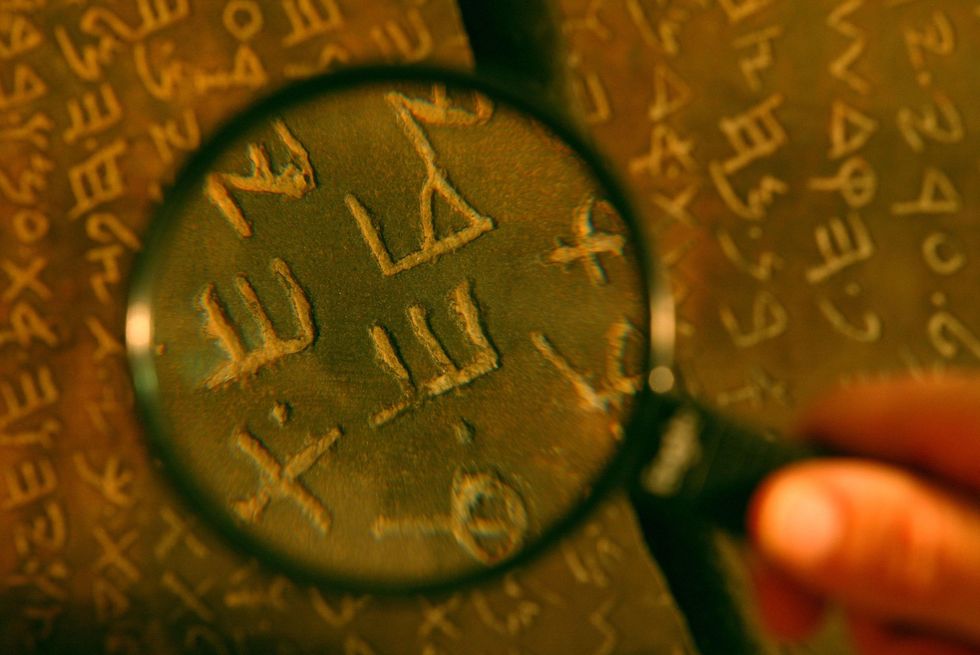
Archaeologists in Jerusalem believe they recently discovered a clay seal stamp that belonged to the biblical Prophet Isaiah. (David Silverman/Getty Images)

Archaeologists in Israel made a marvelous discovery during a recent excavation at the foot of the southern wall of the Temple Mount in Jerusalem.
According to the Biblical Archaeological Society, scientists discovered a clay seal stamp they believe belonged to Old Testament Prophet Isaiah.
The 2,700-year-old artifact clearly has the prophet’s name — Yesha’yah is the English transliteration — in ancient Hebrew script, according to Dr. Eilat Mazar of Hebrew University in Jerusalem. It is about one-half inch wide and oval shaped.
In ancient times, clay stamps, also called “bulla,” were used to authenticate documents and other items.
Scientists say they have several reasons to believe the seal belonged to the actual Prophet Isaiah.
First, the seal was found just 10 feet away from where archaeologists recently discovered the bulla of King Hezekiah, the 13th king of Judah, who reigned from about 715BC to 686BC. According to the biblical book of Kings, Isaiah was close to King Hezekiah. The second book of Kings details how Hezekiah trusted Isaiah's counsel during the Assyrian siege of Jerusalem. As the BAS noted, no other prophet was closer to Hezekiah than Isaiah.
"If it is the case that this bulla is indeed that of the prophet Isaiah, then it should not come as a surprise to discover this bulla next to one bearing King Hezekiah’s name given the symbiotic relationship of the prophet Isaiah and King Hezekiah described in the Bible,” Mazar said.
Second, following Isaiah’s name on the stamp are the Hebrew letters “nun,” “bet” and “yod.” They are the first three of four letters that comprise the Hebrew word for “prophet.” What’s missing is the fourth: the Hebrew letter “aleph.”
But because the stamp has been damaged and the end of the second word is missing, Mazar said it’s unclear if the stamp originally said “prophet” or if it was just another name.
"The absence of this final letter, however, requires that we leave open the possibility that it could just be the name Navi. The name of Isaiah, however, is clear,” Mazar explained.
Read more about the discovery and view pictures of the seal here.
Chris Enloe
Staff Writer